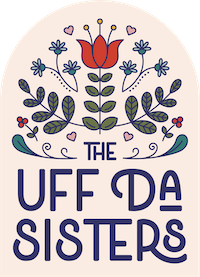
A rune is a letter in a runic alphabet. The earliest known runic inscription dates back to AD 150, though evidence suggests some usage as early as AD 1. Before the Latin alphabet was adopted, the runic alphabet was used by speakers of Germanic languages. Beyond representing individual letters, runes often symbolized broader concepts. The transition to the Latin alphabet coincided with the Christianization of the regions that used the runic script, occurring between AD 700 and 1100, progressing from south to north in Europe.

Several distinct runic alphabets were utilized in the Scandinavian region. One origin of the word "rune" is the Old Norse word *rún*, meaning secret or mystery. Similar words with related meanings exist across various languages, and the runic script is believed to have evolved from the Phoenician alphabet. The angular shapes of runes resemble other contemporary alphabets.

In Sweden, several large rune stones are available for viewing, some of which I have included in the photos accompanying this blog post. A significant collection of runic inscriptions was discovered in the Bryggen area of Bergen, Norway, and is now housed in the Bryggens Museum.

Why are runes still fascinating today? Historically, some people considered finely carved stones to be magical. In contemporary times, runes are predominantly used in modern esotericism and paganism. They also appear in fantasy literature (e.g., "The Lord of the Rings," "Harry Potter") and in various video, board, and role-playing games.

Runes are popular for divination or oracle reading, akin to tarot cards. They do not predict the future but are intended to guide intuition and personal interpretation. Rune stones are also popular as jewelry and tattoos, where individuals assign personal meanings based on translations. Translating runes is challenging due to their ancient origins and the difficulty of mapping them directly to modern languages. Ultimately, the meaning attributed to runes is a personal choice, rooted in individual research and beliefs.

One of the most well-known modern uses of runes is the Bluetooth logo. It combines the runes *hagall* and *bjarkan*, representing the letters “H” and “B,” the initials of Harald "Bluetooth" Gormsson, a king of Denmark during the Viking Age.

---
**Note:** I am not a scientific or historical expert on this subject. This post offers a very brief overview of a much broader story. My aim is to share a bit of Nordic history and its connections to the present day in an engaging way.



Leave a comment